ON KO CHI SHIN does not imply preserving the past, but rather continuing to develop and improve the present with a view toward the future. It emphasizes progress and continuity rather than stagnation. The essence of this saying is that understanding the past contributes to action in the present and informs future thinking.
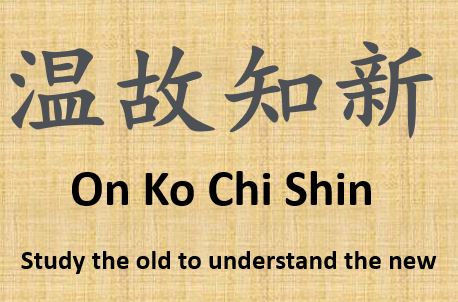
Let me provide an example: In my work in the high-tech industry, I had to develop a specific part of a software program designed in a high-level programming language, meaning a simple, quick, and efficient language for coding. However, when the team encountered an apparently unsolvable problem, I managed to find a solution using a low-level programming language, and the project continued. The key point here is that through knowledge and mastery of the original, a creative solution could be developed, allowing for continued progress and achievement of the goal.
High-level languages are built upon low-level languages. Their advantage is twofold: simplicity and faster programming efficiency. It can be learned quickly, contain shortcuts and safety mechanisms, and allow for basic proficiency that can quickly yield results. However, it is limited. These languages are widely used in the software and web world. In contrast, low-level languages are much more complex, delving deep into the operating system. With them, one can perform manipulations and achieve results that are not possible in high-level languages. These require a much higher skill level, where the programmer is responsible for every single action. Examples of their use can be found in real-time systems such as control mechanisms, missile guidance during flight, cyber warfare, and more.
However, I encountered a phenomenon where talented students with high physical and intellectual abilities constantly seek new things. Routine and repetition bore them. They do not understand that they need to discover creativity and find the new within the existing. This is an experiential, intellectual, and mental process—the ability to pause, listen to oneself and the environment, investigate independently, and create something new from the existing.
After the Sensei has taught you, it is your responsibility to continue and sail forward by yourself. At this stage, the Sensei acts as a lighthouse, guiding you to avoid deviating too far from the desired path and losing your way. The Sensei’s role is to provide the seasoned student with the tools to develop new things independently, in line with the student’s maturity.
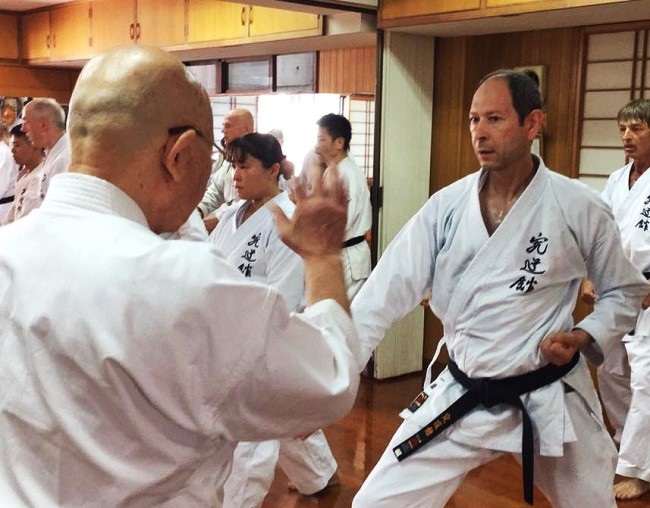
When we become addicted to comfort and effortlessness, we lose one of the most essential qualities for existence—independence, vitality, and personal development. This is a disaster for the individual, the profession, and humanity as a whole.
The ability to pause, listen to ourselves and to the environment, process raw material independently, analyze processed material on our own, and engage in critical thinking is a prerequisite for quality. Today, we tend to set aside the original sources and consume processed content from unreliable populist sources or, worse, from professional sources aiming to sway us in a certain direction. We are more exposed than ever to manipulation and Mind engineering.
The big tragedy is that we are often unaware of it, and even when there is awareness, we lack the tools to deal with this broad and sophisticated phenomenon. Yes, we are developing abilities to consume information from multiple channels simultaneously and perhaps also improving our multitasking skills, but the amount of fake and junk content distorts the truth and quality that are lost in the process. Technology will likely continue to develop, but humanity is regressing to the dark periods of history, where a controlling minority led the majority.
In contemporary terms, we are becoming zombies, and with comfort and technology, this process is accelerating, affecting both the individual and society at large. The current generation consumes information, products, and services as quickly as possible and moves on to the next thing. There is no distinction between superficial, contaminated, and refined content. Depth, effort, and thought have become obsolete concepts. Examples of professional trivialization and shallowness can be found in nearly every field. More colorful is worth more regardless of context or quality.
To halt this process and continue to grow in a positive direction, we must recognize the past, deeply understand the sources and processes from which we developed, so we can continue to create, evolve, and develop constructively, with a future vision that benefits both the individual and the society.
Classical arts, including martial arts, which originated hundreds of years ago in various cultures, still hold a significant place in the modern world. Despite the rise of new forms of physical activity, sports, and self-defense systems, classical martial arts—such as karate, kung fu, jujitsu, and traditional forms of fencing—continue to influence both physical training and personal development today. Their relevance extends beyond self-defense to areas like fitness, discipline, culture, and philosophy. In practice, classical arts serve as a foundation and source of understanding, precision, focus, and uncompromising quality in modern arts. This applies to music, movement, and martial arts as well.
Physical Fitness and Health
Classical martial arts are often practiced as a way to maintain physical fitness. Many people today engage in martial arts for their health benefits, such as improved strength, flexibility, coordination, balance, and overall well-being. There are also therapeutic, mental, motor, and neurological benefits, including ADHD for example.
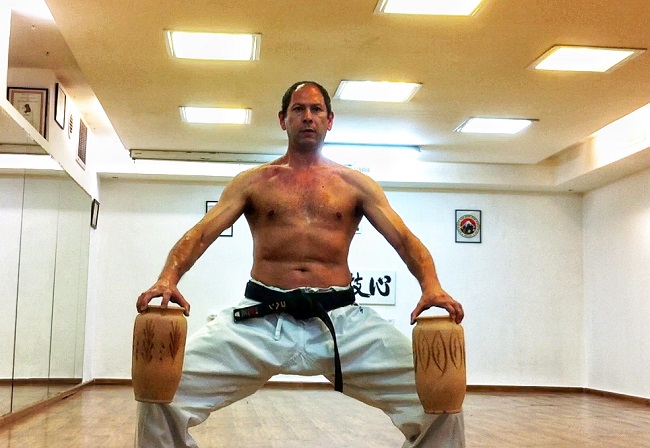
Combat, Self-Defense, and Practical Application
Despite the availability of modern self-defense systems like MMA, classical martial arts provide practical techniques for self-defense. Arts like judo, karate, and Brazilian jiu-jitsu continue to be taught for self-defense, with an emphasis on both physical techniques and mental preparedness. While these systems may appear traditional, their core principles—such as leverage, timing, and proper technique—remain effective in real-world scenarios, proving their enduring value. A deep understanding of these techniques opens efficient and practical methods of action in combat, adapted to the modern environment.
As with any skill, experience is fundamental, and in the field of combat it is critical. There are different work environments where quality adjustment is required and there is also a significant physical, technical and mental difference between the practice environment and fighting in real conditions.

Mental Discipline and Personal Growth
One of the most enduring aspects of classical martial arts is the emphasis on mental discipline, focus, and personal growth. Martial arts such as aikido, karate, and kung fu are rooted in philosophical systems that emphasize respect, self-control, humility, and perseverance. These mental and ethical lessons are integral to the training process, helping practitioners develop both physical and psychological resilience. This focus on character-building makes martial arts popular among parents looking to instill discipline and values in their children, as well as adults seeking self-improvement.
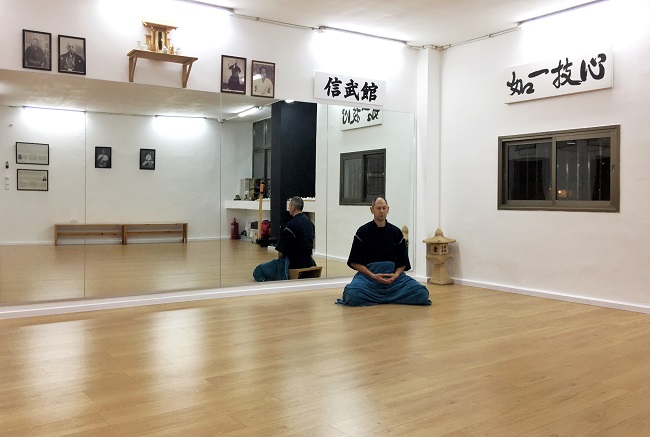
Cultural Preservation and Identity
Classical martial arts are deeply connected to the cultural history of the regions where they were developed. They serve as a living connection to the traditions, philosophies, and worldviews of countries like China, Japan, Korea, and Okinawa. Practicing martial arts in the modern world can be seen as a form of cultural preservation, with schools and dojos emphasizing not only techniques but also the history and rituals passed down through generations. For many practitioners, martial arts are a way to connect with their heritage, identity, and national pride.
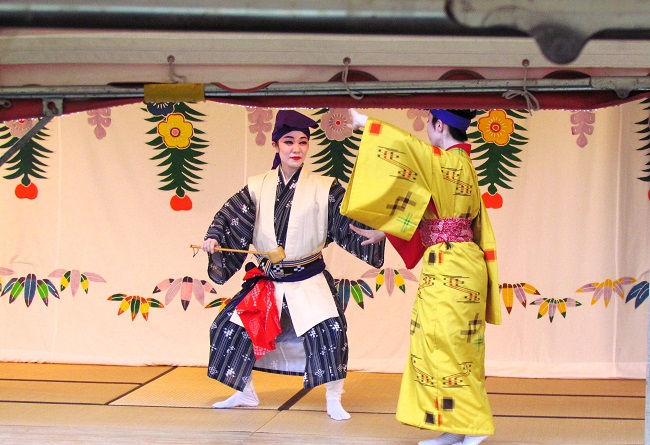
Integration into Modern Sports and Competitions
Classical martial arts have evolved into modern sports, with events like the Olympics including judo, taekwondo, and karate. MMA, which has gained immense global popularity, often incorporates elements of classical arts such as karate, Brazilian jiu-jitsu, muay Thai, boxing, and wrestling. While these competitions often emphasize the physical and combative aspects of martial arts, they also help spread knowledge of traditional systems and promote their relevance in contemporary society. Many Sensei (s) from Okinawa oppose competitions, and I share this view. Competitions are relative to others, while classical martial arts focus on introspection and endless self-improvement.
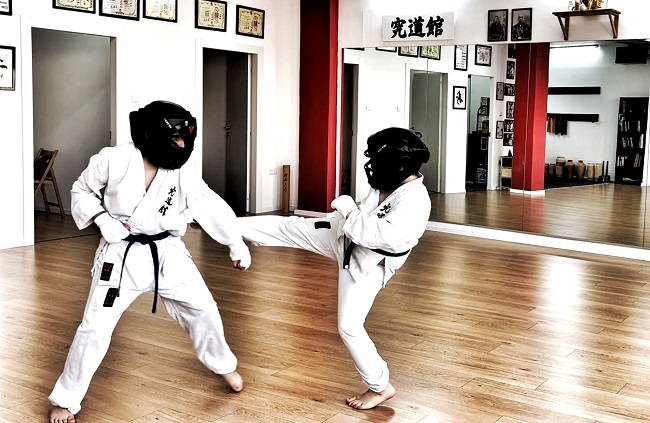
Mindfulness and Spirituality
Classical martial arts often incorporate a spiritual dimension, especially in systems that emphasize meditation, breathing exercises, and a deep connection between mind and body. There is an interplay between inner peace and harmony, physiology, and physical strength. This spiritual focus appeals to modern individuals seeking mindfulness practices or alternatives to mainstream activities. The emphasis on holistic well-being, balance, and calmness resonates with contemporary health trends. Here I find it appropriate to add that a pragmatic approach is important. I describe it as "feet planted with roots in the ground and head in the clouds", meaning to maintain the practical dimension and still give freedom to creativity.
Martial Arts in Popular Culture
Classical martial arts continue to have a strong presence in popular culture, influencing movies, video games, and media. Martial arts films, especially those from Hollywood and Hong Kong cinema, introduced kung fu and similar disciplines to a global audience. Figures like Bruce Lee and Jackie Chan helped popularize the philosophies and techniques of martial arts, making them accessible and attractive to a broad audience. While this representation has inspired many to take up martial arts training, it is essential to remember that illusions and reality are not the same.
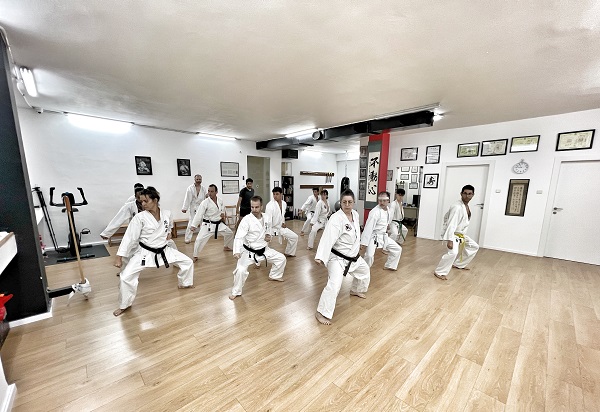
Modern Adaptations and Innovation
While classical martial arts maintain their traditional forms, many schools and instructors have adapted them to contemporary society’s needs. For example, modern karate or judo schools might incorporate elements of modern sports science, psychology, or even technology into their teaching methods. Classical techniques are often combined with other styles to create hybrid systems more suited to modern combat scenarios, proving that these arts continue to evolve. The competition is against other competitors while classical art is aimed at dealing with and endlessly improving oneself. Even in Okinawa, great importance is attached to your contribution to others and society. From the technical aspect, there are fundamental differences between the dojo and the arena, that is, between the classics and the competition.
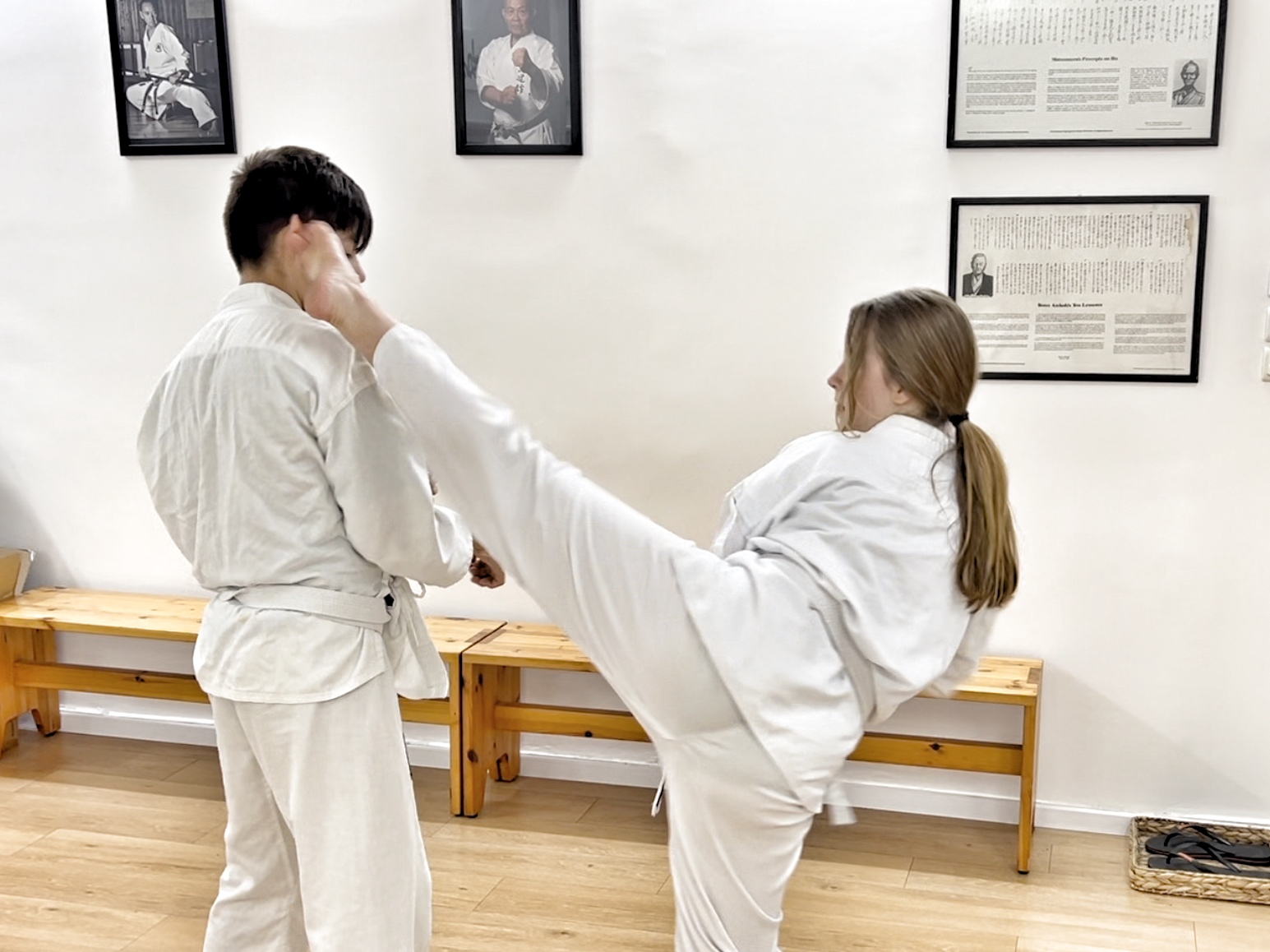
Conclusion
Classical martial arts hold a dynamic place in the modern world, blending tradition with contemporary relevance. While rooted in their historical and cultural origins, their applications in physical fitness, combat, self-defense, mental discipline, focus, and spiritual growth continue to attract practitioners of all ages. As these arts adapt to modern life, their values—self-discipline, respect, striving for goals, self-control, personal empowerment, as well as serving as a foundation for modern arts—ensure that they remain influential across various aspects of individual and societal development, from sports and health to self-defense and continuous personal growth.
Itzik Cohen
About the author: works, operational background and research
20/09/2024
Back to Articles List